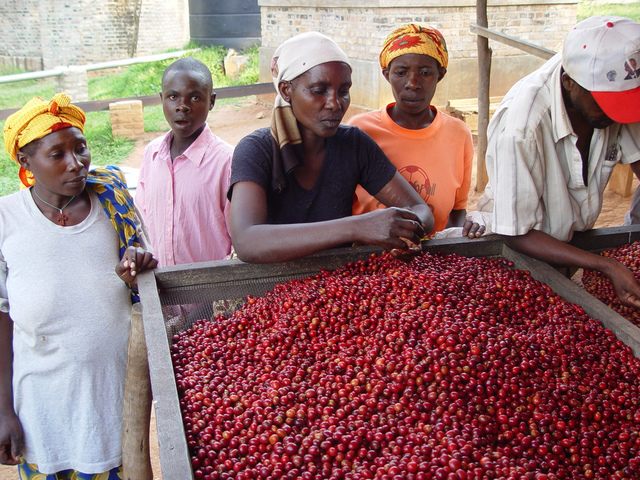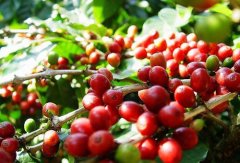Philippine coffee Southeast Asian coffee boutique coffee
Boutique coffee is fresh coffee. Whether it's food or drink, of course, the fresh the better, and so is boutique coffee. High-quality coffee should keep the coffee beans fresh before making, including the preservation of baked beans, and grind the coffee beans into powder before making, which is also to retain its original and best flavor. The way of making hand-brewed coffee is such a way to make high-quality coffee, and it is also one of the coffee-making methods that can best retain the original flavor of coffee. Coffee was introduced into the Philippines (Philippines) in the early 19th century, and by 1880 the country had become the fourth largest coffee exporter in the world. However, due to the spread of coffee rust, the country became a coffee importer shortly after 1880.
However, the coffee growing industry has gradually recovered. Today, after slow and steady development, the country's coffee industry is growing, and there is great potential for the development of high-quality varieties. The Philippine coffee industry is operated by the national industrial and trade department, but it is loosely managed, while all coffee exports are operated by private companies.
In fact, the Philippines is one of the few countries that can grow four varieties of coffee, namely Robart, Lieberica, Exelsa and Arabica coffee. Mindanao, the second largest island in the southernmost part of the Philippines, produces high quality and high yield Arabica coffee.

Important Notice :
前街咖啡 FrontStreet Coffee has moved to new addredd:
FrontStreet Coffee Address: 315,Donghua East Road,GuangZhou
Tel:020 38364473
- Prev

Reunion was once home to bourbon arabica coffee beans coffee country
Fine coffee beans must be excellent varieties, such as the original bourbon species, mocha species, tipica species, these species produce coffee beans with unique aroma and flavor, far from other species can compare, but the relative yield is lower, in recent years in pursuit of disease resistance and yield improvement, there have been many improved species, such as Kenya a large number of high-yield rural 11 species,
- Next

13 unique uses of Coffee
Coffee alternative use 1, can let you no longer have a headache! A clinical trial in Illinois has found that caffeine, which slows the blood flow of blood vessels in the body, can also reduce the intensity and frequency of headaches. One group was only allowed to drink coffee, while 58% reported being completely relaxed. While the other group drank coffee and ibuprofen at the same time, 70% of the headache disappeared. Alternative coffee
Related
- Does Rose Summer choose Blue, Green or Red? Detailed explanation of Rose Summer Coffee plots and Classification in Panamanian Jade Manor
- What is the difference between the origin, producing area, processing plant, cooperative and manor of coffee beans?
- How fine does the espresso powder fit? how to grind the espresso?
- Sca coffee roasting degree color card coffee roasting degree 8 roasting color values what do you mean?
- The practice of lattes: how to make lattes at home
- Introduction to Indonesian Fine Coffee beans-- Java Coffee producing area of Indonesian Arabica Coffee
- How much will the flavor of light and medium roasted rose summer be expressed? What baking level is rose summer suitable for?
- Introduction to the characteristics of washing, sun-drying or wet-planing coffee commonly used in Mantenin, Indonesia
- Price characteristics of Arabica Coffee Bean Starbucks introduction to Manning Coffee Bean Taste producing area Variety Manor
- What is the authentic Yega flavor? What are the flavor characteristics of the really excellent Yejasuffi coffee beans?

